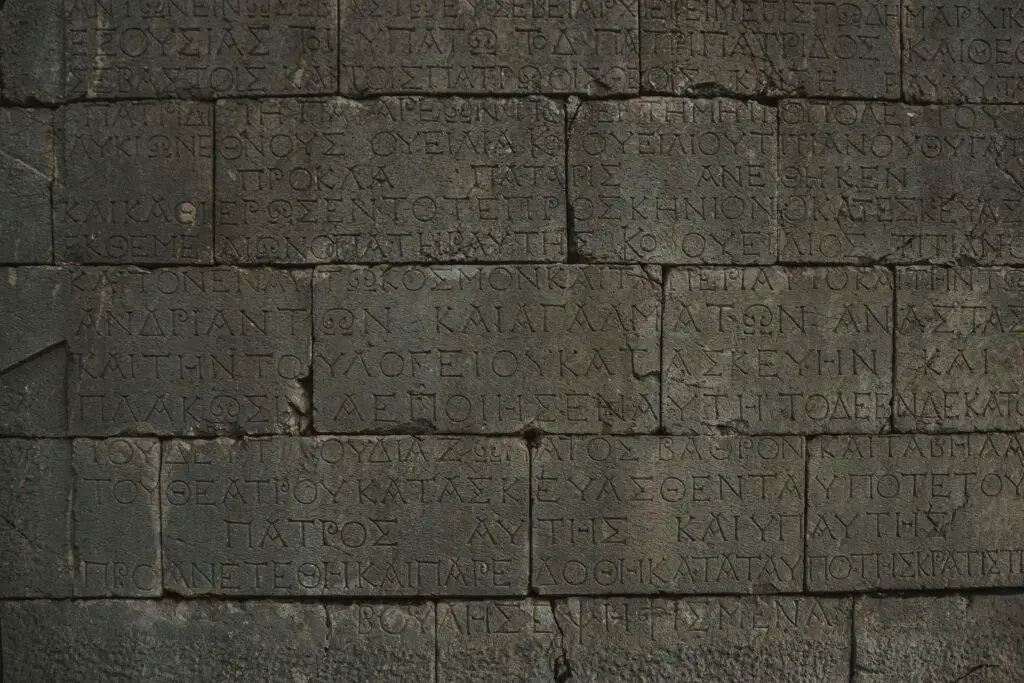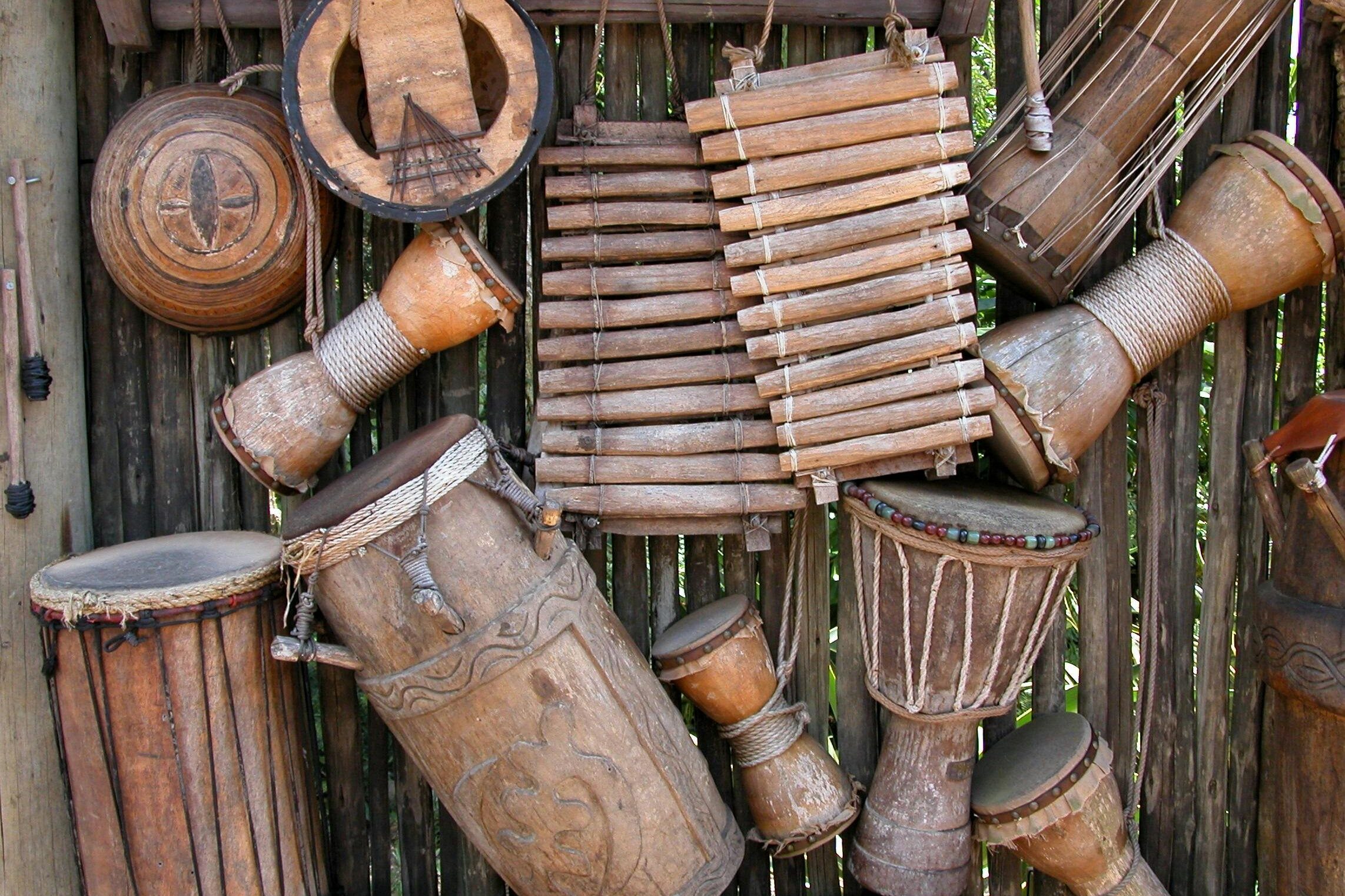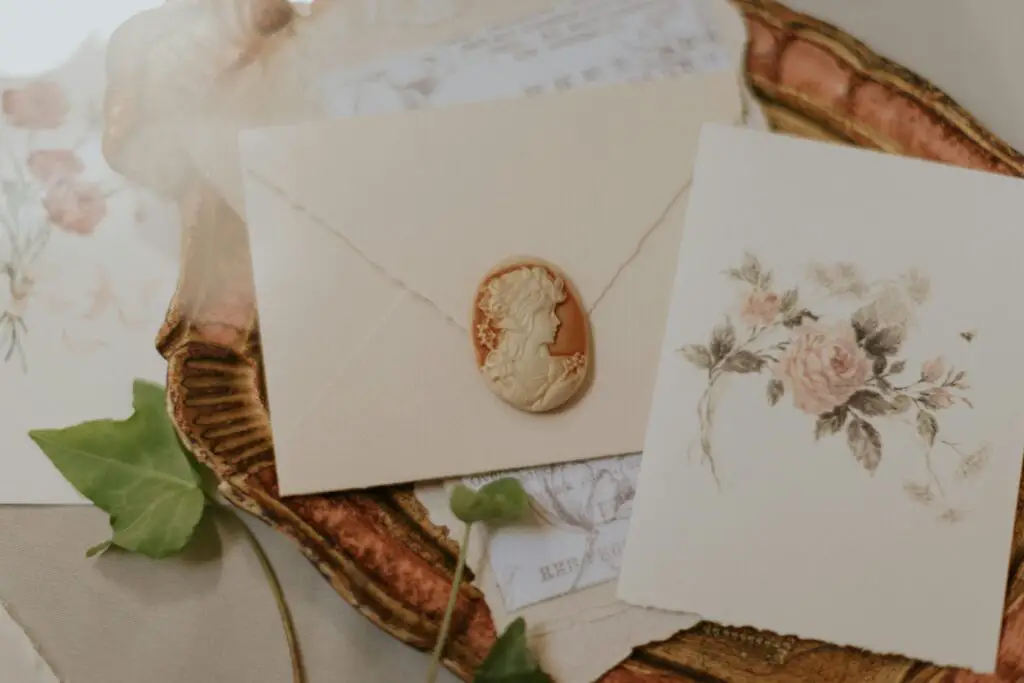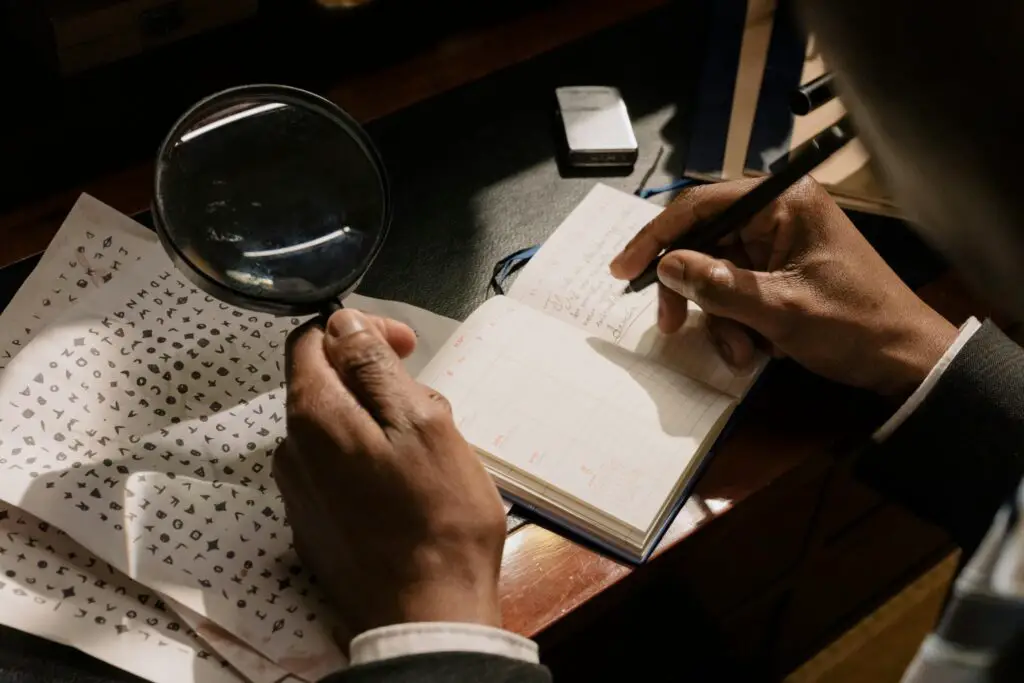1. Messengers on Horseback

Long before texts or emails, empires relied on trusted messengers traveling by horseback. These riders had to memorize messages or carry scrolls, and they covered long, dangerous routes, sometimes through enemy territory. The Mongols, for example, had a relay system called the Yam, with stations where riders could swap tired horses for fresh ones to keep messages moving fast. Riders had to be sharp, trustworthy, and fast, especially when relaying critical orders from the top shares Wikipedia.
If the message was too important to lose, the emperor might send multiple riders with the same note to boost the odds it arrived. It wasn’t perfect, of course—bad weather, thieves, or war could easily delay or stop delivery. But for centuries, this was considered the most reliable form of communication. Entire empires expanded and thrived with little more than ink, parchment, and a fast horse adds Reddit.
2. Signal Fires and Smoke Towers

You’ve probably seen signal fires in old war movies, but they were very real and incredibly clever. The ancient Chinese used signal towers along the Great Wall, lighting fires or sending smoke signals to warn of invasions. Different numbers or types of smoke puffs stood for different kinds of danger, kind of like an ancient version of Morse code says Australian Museum.
Because the towers were spaced within eyesight of each other, messages could travel hundreds of miles in just a few hours. This system helped guard huge stretches of land where face-to-face communication would’ve taken days. The Romans and Greeks also used versions of this method with torches. It wasn’t private, of course—anyone watching could catch on—but it was fast. And when you’re trying to rally troops or warn of danger, fast counts for a lot says Historical Marker Database.
3. Runners with Memorized Messages

Not every message could be written down, especially if it involved secrets. That’s where trained runners came in, especially in places like the Inca Empire, where an entire relay network of runners called chasquis carried messages across the Andes. These runners were known for their stamina, racing from one station to the next with memorized words and small bundles called quipus.
Quipus were made of knotted cords, and each knot, color, and length carried meaning—a bit like a tactile filing system. Runners were trained from a young age and had to be both physically and mentally strong. They’d pass along information without ever needing a single written word. And in a society without wheels or writing, that was incredibly advanced. They essentially became human telegraphs.
4. Carved Stone Inscriptions

For longer-term communication, especially in ancient empires like Egypt or Mesopotamia, stone was the medium of choice. Leaders would inscribe laws, decrees, or victories on stone pillars or walls to inform their people or intimidate rivals. These inscriptions were permanent, hard to tamper with, and could last thousands of years.
They weren’t just practical—they were also symbolic. A giant stone slab with the king’s message carved in deep lines was a way to say, “This is important, and it will outlast all of us.” You couldn’t carry it in your pocket, but if you passed by, you couldn’t ignore it either. Even now, archaeologists still learn about these empires by reading the messages they left behind. It’s one of the rare ways ancient voices still speak to us.
5. Carrier Pigeons

Believe it or not, birds were once among the most reliable communication tools in a ruler’s toolkit. Carrier pigeons could be trained to return to their home loft, even from hundreds of miles away. The Persians and later the Romans used these birds to send messages quickly over long distances.
Messages were usually written on tiny scrolls and tied to the birds’ legs. In war, they could bypass enemy lines when human messengers couldn’t. Pigeons were even used well into the 20th century, including in both world wars. It’s wild to think that something as simple as a homing instinct could keep entire armies informed. And when it worked, it felt like magic.
6. Drum Signals

In parts of Africa and the Pacific Islands, talking drums were used to transmit messages across villages. These drums weren’t just for music—different rhythms and patterns mimicked the tone and syllables of speech. Skilled drummers could “speak” entire sentences, sending messages over long distances surprisingly quickly.
Villagers would listen, repeat the message on another drum, and pass it along, like a chain of human radios. Messages could warn of danger, announce ceremonies, or share news. You had to know the rhythm language to understand it, which gave it a layer of privacy too. It was both functional and cultural, a beautiful blend of communication and community.
7. Engraved Seals and Stamps

When rulers wanted to send official messages or sign off on documents, they used engraved seals. These were often made of clay or wax and stamped with a unique design, like a signature. If the seal was intact when the message arrived, the recipient knew it hadn’t been tampered with.
Seals were deeply personal, often tied to a ruler’s identity or status. Some were worn on rings or necklaces, always ready for use. It added a layer of trust and formality to the message, kind of like today’s encrypted emails. And because only certain people had access to those seals, it made forgery a lot harder. It was an early version of verified messaging.
8. Public Town Criers

When literacy wasn’t widespread, empires used town criers to make announcements in public squares. These individuals had loud voices, good memories, and strong lungs. They’d stand in busy places and shout out the news, often repeating it several times a day so everyone could hear it.
They were the living newspapers of their time. And while it wasn’t the most private form of communication, it worked for spreading messages fast across a city or town. If the king had a new law, or taxes were going up, you’d hear about it from the crier. Their presence helped connect the ruler to the ruled, one shouted decree at a time.
9. Religious Leaders as Message Hubs

In many empires, temples weren’t just places of worship—they were centers of communication. Religious leaders often acted as intermediaries, spreading messages from rulers during ceremonies or gatherings. These messages carried extra weight because they were framed as divine or sacred.
People trusted their priests, monks, or shamans, so they were more likely to accept what they heard. Temples also served as safe places to store scrolls or keep track of important decisions. Rulers knew this, and they used religion as a reliable tool to inform and influence their subjects. It was a clever mix of faith and strategy, keeping empires running smoothly.
10. Flags and Banners

When words couldn’t be used, visual symbols took their place. Flags and banners played a big role in battlefields and cities alike. A specific color, pattern, or symbol could indicate a new ruler, a warning, or a rallying point. Soldiers were trained to respond to banner movements during battle—it was how orders were communicated mid-fight.
Even in peaceful settings, flags told people who was in charge or what was happening. A flag hoisted in the capital might mean a royal birth, while another signaled mourning. It was fast, visible, and universally understood. In a world without loudspeakers or screens, a wave of cloth could speak volumes.
11. Secret Codes and Ciphers

Not every message could be public, especially during war or political intrigue. That’s where early versions of coded language came into play. The Greeks used a tool called a scytale—a wooden rod wrapped with a strip of parchment. The message only made sense when wrapped around another rod of the same size.
Other cultures developed their own substitution codes, swapping letters or symbols to hide their meaning. Only those with the key could decode it. It was time-consuming but gave an edge when secrecy was life or death. Spies and generals both relied on these early encryption techniques to stay one step ahead.
12. Decorative Art as Messaging

Sometimes, messages were hidden in plain sight. Murals, tapestries, and carvings were filled with political and social messages that only those in the know could decode. Think of it as storytelling with a deeper purpose. Kings would commission art showing their victories or divine right to rule.
These visual cues reminded people of power structures without a single word being spoken. The details mattered—clothing, posture, and colors all held meaning. If you were educated, you could read the message between the brushstrokes. And for those who weren’t, the images still inspired awe, which was often enough.
13. Oral Traditions and Storytelling

In many cultures, stories were the main way of preserving and sharing information. Skilled storytellers memorized epic tales, genealogies, and laws, passing them down word for word. In places without written language, this was how history was kept alive and rulers kept their legacy intact.
Storytellers were often highly respected, like human libraries. They’d perform in courts or public gatherings, updating the narrative as needed. Sometimes, stories carried subtle political messages or warnings. It wasn’t just entertainment—it was a method of governance, wrapped in myth and metaphor.
14. Message Knots and Weavings

In addition to the Incan quipus, other empires used fabric or knots to encode information. In parts of ancient China and Central Asia, woven patterns held meaning beyond decoration. These textiles might indicate rank, events, or coded family histories.
Messages could be hidden in the order, color, or number of knots, often only understood by insiders. This method let people carry communication in plain sight without raising suspicion. It’s a fascinating example of how creativity met necessity. And while it wasn’t widespread, it proves that humans have always found unique ways to stay connected.
